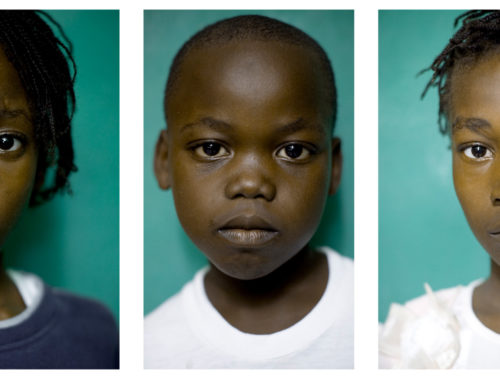Haiti’s legacy is long and varied, and so much could be shared about the trials and triumphs of this island nation. Here is just a brief rundown of what you need to know about Haiti’s history, beginning with colonization and ending with current day.
Colonial Haiti
As early as 2,600 BC, settlers from South America arrived to modern-day Haiti by way of handmade boats. Centuries later, around 250 BC, the Arawak people are thought to have settled there, though records of their period in history are quite sparse. In addition to the Arawaks, the Taíno population eventually inhabited this area, as well, occupying Haiti for hundreds of years.
It wasn’t until 1492 that European explorers descended on this area, with Christopher Columbus setting foot on Haiti’s beaches in December of that year. Columbus landed at Mole Saint-Nicolas and dubbed the island La Española, though the name was later Anglicized to Hispaniola. Today, Hispaniola still refers to the island as a whole, though it has since been divided into two separate nations — Haiti to the west, and the Dominican Republic to the east.
While the Spanish initially claimed ownership over the entire island, they mainly constructed settlements on the eastern side. The western portion of Hispaniola was left largely empty until the 17th century, when the French chose to settle there. In 1697, the Spanish and the French signed the Treaty of Ryswick, wherein France was given the western third of Hispaniola. They called their colony Saint-Domingue.
In the 18th century, Saint-Domingue (Haiti) became quite rich by exporting sugar, coffee, cotton, indigo, and cocoa. Sadly, however, this prosperity came at a price. Slaves were brought to work on these plantations, suffering terrible treatment from their owners. In August of 1791 these slaves started a rebellion, which in turn caused a war that devastated the colony. This war raged on until 1794, when France finally decided to end slavery there.
One of the leaders in this slave rebellion was a man by the name of Toussaint L’Overture. When the war came to a close, Toussaint joined the French army, who were then fighting Spain against their claim to the eastern two-thirds of Hispaniola. In 1797, Toussaint was made commander of the French army, and by 1801 he was in control of the entire island. Not only did he declare all slaves free, but he made himself head of the new government and published a brand new constitution.
Displeased with Toussaint’s actions, the French used a trick to capture him, but the fight was far from over. Another former slave, Jean-Jacques Dessalines continued the struggle against the French, and on January 1, 1804, the island officially gained its independence. It was renamed Haiti, and is recognized as the second oldest independent nation in the Western Hemisphere (after the United States). Today, Haiti still celebrates its Independence Day on January 1st, complete with parades, fireworks, and dancing in the streets.
Independent Haiti
Although independent, Haiti was left devastated by the repercussions of the war. Dessalines would be assassinated in 1806, and just three years later, the Spanish captured the eastern part of Hispaniola (now the Dominican Republic). In 1822, President Jean-Pierre Boyer of Haiti re-claimed this eastern portion, but the two nations separated permanently in 1844.
President Boyer would actually be overthrown in 1843 (having served since 1818), an action which corresponded with a long period of instability for Haiti. Between 1843 and 1911 the nation was under sixteen different rulers, and of these, eleven were overthrown by revolutions.
Modern Haiti
The early 20th century in Haiti was largely marked by this political instability, when in 1915, the United States commissioned Marines to occupy the country and protect American business interests there. But because this occupation was resented by so many Haitians, the U.S. Marines were finally withdrawn in 1934.
Throughout the mid to late 1900s, Haiti saw quite a bit of political turnover, with a number of different presidents taking power for various amounts of time. It was not until 2006, when René Préval was elected president, that some semblance of stability was hopefully going to be achieved. But then, in January of 2010, a 7.0 magnitude earthquake struck fourteen miles west of Port-au-Prince, destroying most of the capital. The earthquake took the lives of an estimated 217,000 people, and left more than two million Haitians without homes.
In the nearly seven years since, Haiti has worked rebuild what was lost, and has never given up hope for its future. They continue to look ahead to further growth and success.










